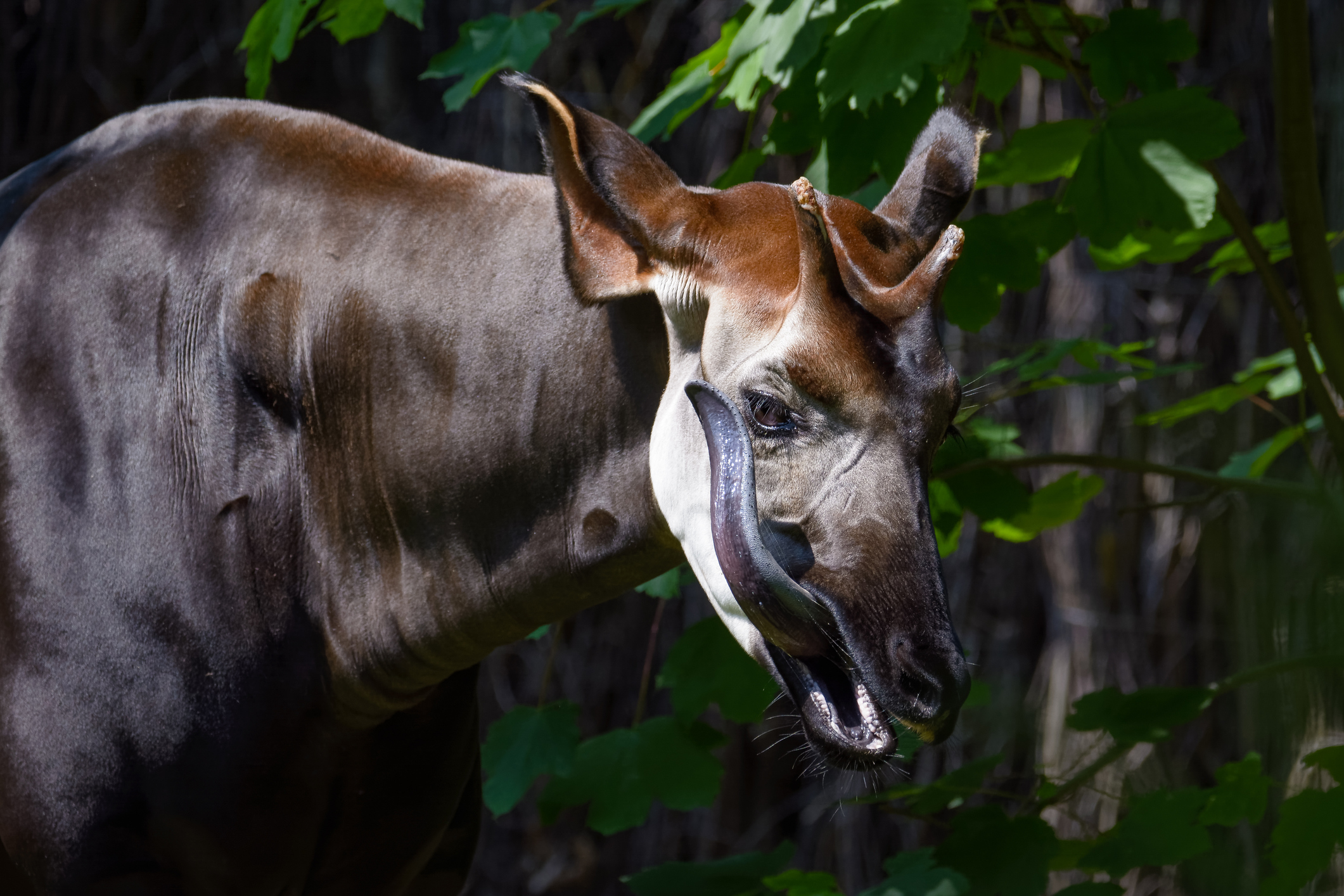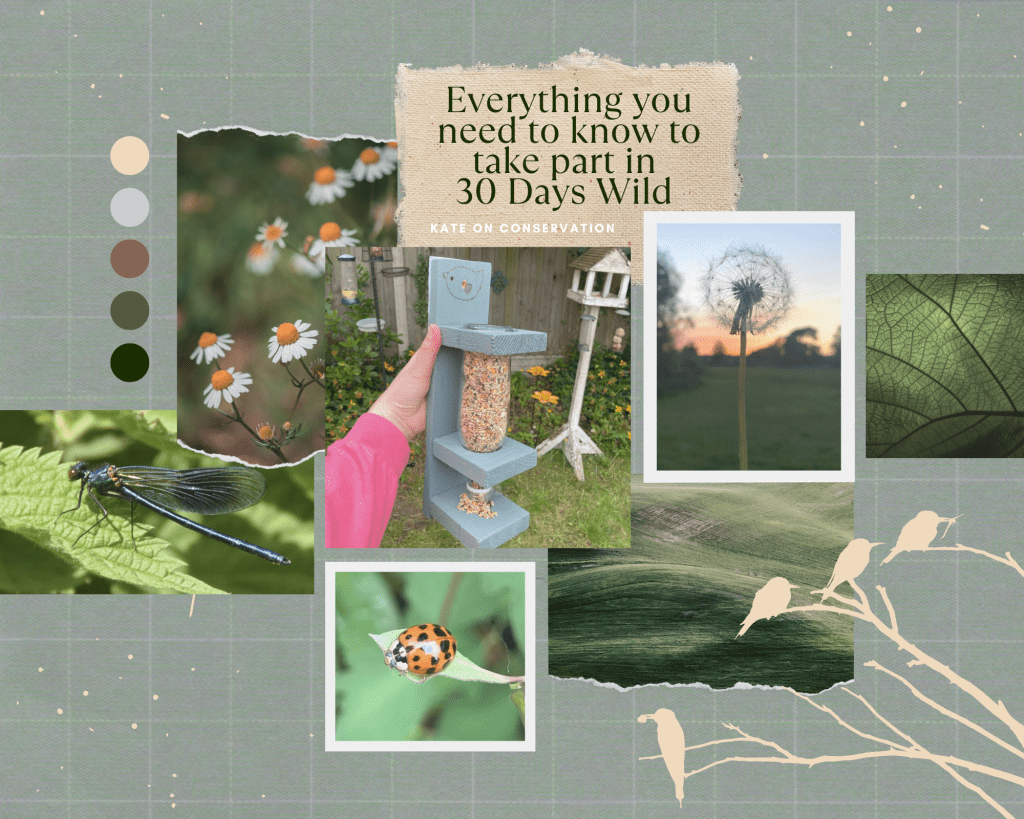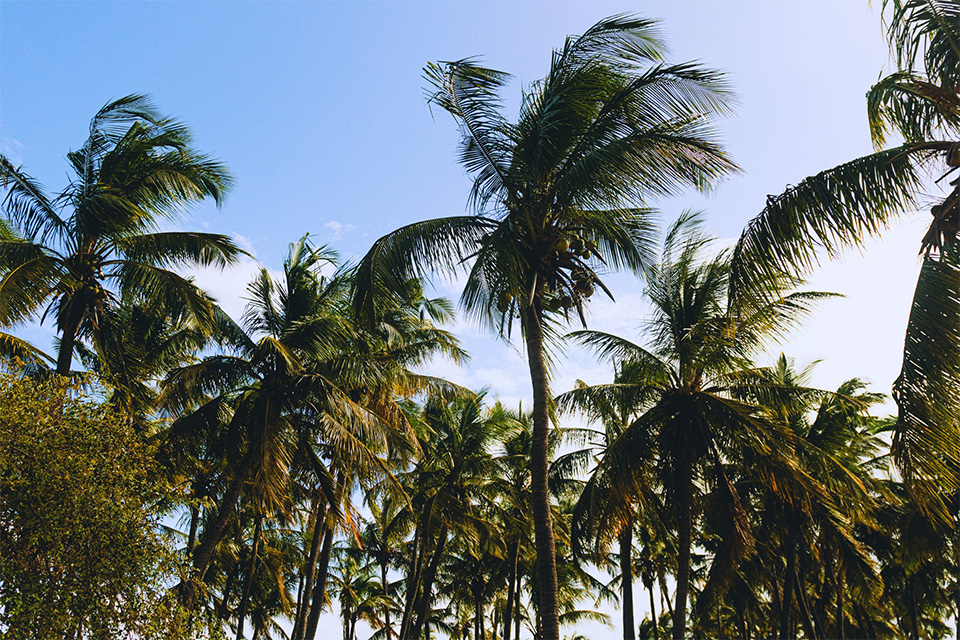
I like to search out a superb ‘unusual actuality’ inside the case of the animal kingdom. The okapi — generally described as a cross between a zebra and a giraffe (with a brief neck) — is a type of animals that may have merely featured all through the misplaced of ‘10 Unusual Animals You Most probably Didn’t Know Existed‘. One amongst many okapi’s most uncommon selections is its black tongue. On this buyer put up, David Crespo shares his concept on why the okapi’s tongue is that this uncommon color…
Why Do Okapis Have Black Tongues – Thought by David D Crespo
An okapi tongue, like fairly a couple of factors about this ‘unicorn of Africa’, is considerably of an enigma. 120 years since its discovery by the Western world and we nonetheless can’t fully clarify undoubtedly definitely one in every of its most famed selections.
What Coloration is an Okapi’s Tongue?
An Okapi’s tongue is often black, though it’d perhaps look blackish-blue or blackish-purple beneath sure lighting. That is identical to its closest residing relative: the giraffe. Nevertheless individuals have been considering why these two animals, which dwell in completely fully completely completely different habitats, would share the an equivalent color shades of the tongue.
What Causes the Okapi’s Tongue Coloration?
The rationale for this unusual tongue color is a heightened quantity of melanin (although on this case, it’s considerably eumelanin), which is a broad time interval for a bunch of pores and pores and pores and skin pigments.
What Does Melanin Do?
It’s these pigments that may create darker pores and pores and pores and skin, irises and even hair. Though they’ve many capabilities, a serious one is absorbing dangerous Ultraviolet/UV radiation. This protects pores and pores and pores and skin cells in course of cell harm from mounted and/or intense daylight publicity.
This safety extends to all types of UV delicate together with UVA, UVB and UVC, together with blue delicate. Melanin is produced by a specialised type of cell generally known as melanocytes. These are primarily discovered all through the outermost layer of the pores and pores and pores and skin.
Upon contact, any of these UV varieties are swiftly and ruthlessly absorbed by the melanin earlier than they are going to harm the delicate nucleus and subsequently DNA of the pores and pores and pores and skin cells. It’s essential they do; if the radiation reaches the nucleus, mutated cells would possibly very properly be ‘born’ all by means of cell division or mitosis. That is how pores and pores and pores and skin most cancers spreads.
Since giraffes are at all times out on the open savannahs, consistently exposing their tongues to the cruel African photograph voltaic whereas feeding, the tongues have superior higher components of melanin. Apparently, the tone of each giraffe and okapi tongues is darker in route of the tip than the as soon as extra and on the topside as in contrast with the underside.
What’s the rationale for this affiliation of melanin? These components of the tongue are most weak to UV radiation.
The place Do Okapis Dwell?
Although an okapi’s tongue is rather like a giraffe’s, the 2 dwell in very fully completely completely different environments. Okapis dwell beneath intently shaded canopies of tropical rainforests all through the Democratic Republic of the Congo (DRC) in Central Africa. Considerably, they reside all through the Central, Jap and Northern of the nation, primarily all by means of the Ituri Rainforest and the Maiko Nationwide Park.
On account of dense, lush foliage of the emergency cowl and the understory layers, solely about 1-5% of the daily daylight usually reaches floor stage. To the purpose the place it really takes longer to note it’s daytime (or if it’s raining) while you’re on the forest flooring than should you’ve got received been all through the elevated layers!
Resulting from this ground-dwelling animals all through the rainforest nearly at all times dwell in a dimly-lit environment with sunshine being a scarce sighting. Nonetheless then why do okapis nonetheless have tongues crammed with melanin identical to their giraffe cousins?
Why Does The Okapi Have A Black Tongue? (A Thought)
This will likely often generally sound contradictory, nonetheless I have in mind okapis might want their blackened tongues for a similar motive as their family members – to forestall UV rays from damaging the pores and pores and pores and skin cells of the dermis. You might shock how they are going to uncover such lighting with. The reply is delicate gaps (moreover generally known as tree-fall gaps).
These giant holes all through the cowl are customary when one or fairly a couple of ‘emergent timber’ fall over, every ensuing from outdated age, illness storms or parasites. These gaps permit delicate to shine by way of the quilt reaching correct proper all the way down to the forest flooring. And it simply so occurs the okapi’s feeding habits are completely suited to those delicate gaps.
Okapi Feeding Habits
The falling of an emergent tree is a surprisingly frequent occasion all through the rainforest and is commonly the work of tropical thunderstorms. And with out large emergent timber hogging up all of the house and daylight, there are new alternate choices for added delicate, lower-growing vegetation to develop and flourish.
For example, every time a light-weight hole is customary and the patch of floor beneath is emptied, it’s shortly colonized by fairly a couple of species. All of that are quick growers nonetheless aren’t tailored for an extended lifespan.
Expansive clearings are furthermore the place the vegetation will perhaps be loads a lot much less further liable to have defensive variations. With all the additional house, photograph voltaic, rain and nutrient-rich soil, these plant species can afford to place extra time, vitality and bodily property to develop and regrow any components eaten by hungry herbivores.
Out of these herbivores, the okapi might be perhaps basically probably the most prolific inside the case of feasting on understory flora. And the tongue is a serious adaptation for the okapi’s feeding habits.
As quickly as further like their giraffe cousins, okapis have tongues which might be actually extended and prehensile. This means the tongues can really wrap spherical and seize factors, akin to an individual’s hand. So okapis can use them to delicately pull devices of foliage off branches and the underside.
They do that technique when feeding sparingly on the 100 or so plant species of their meals routine! Feeding solely sparingly so to keep away from ingesting an excessive amount of of anybody chemical or toxin that might presumably be current all through the vegetation devoured.
Together with the numerous transient, rapid-growing and light-dependent vegetation discovered all through the light-gaps, okapis sometimes take pleasure in consuming charcoal, clay and bat droppings too. The rationale behind these uncommon cravings is on account of they embrace the minerals and salts okapis require.















Leave a Reply